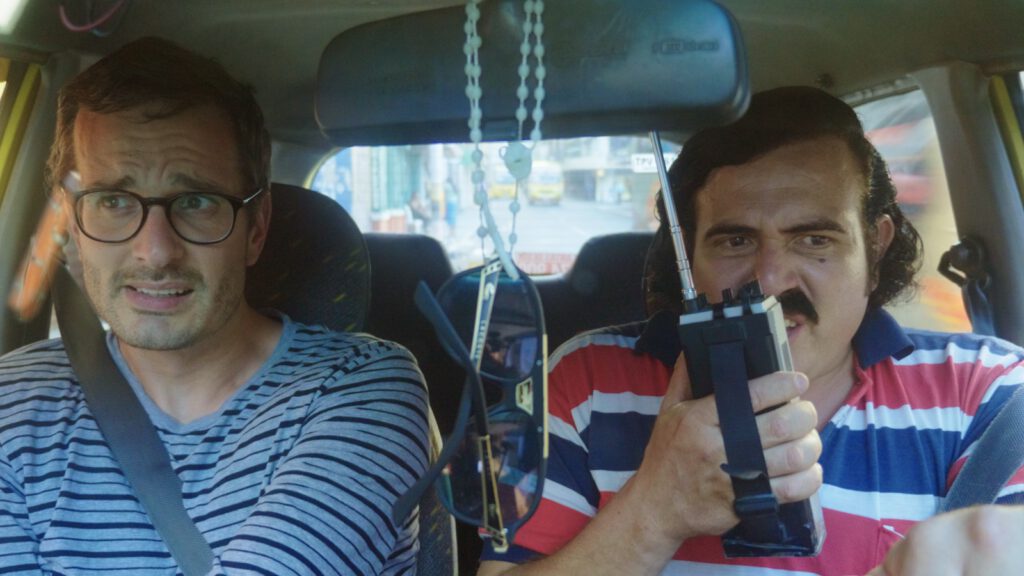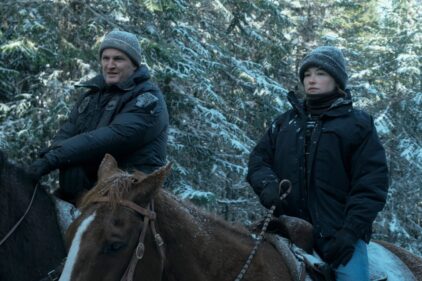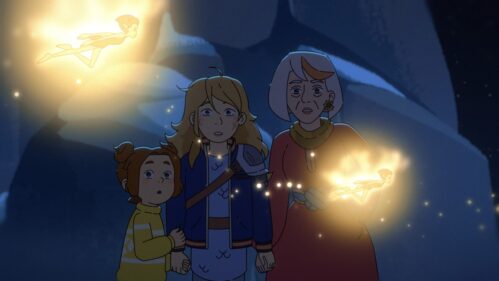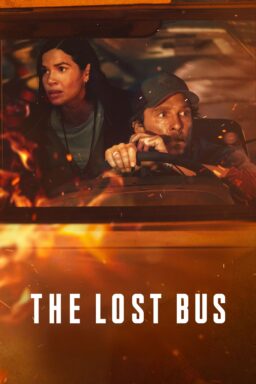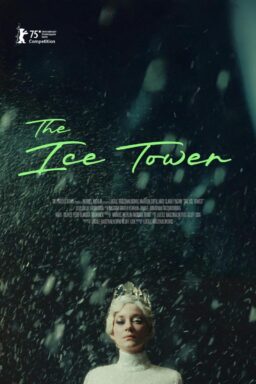Watching “Dark Tourist,” the latest Netflix Original Programming offering premiering in its entirety Friday, reminded me of two things. One, I felt a bit of a pang of sadness at the recent death of Anthony Bourdain, who really revolutionized the personality-driven travelogue through his TV series, in which he always felt like he was embracing the new and unusual around the world. While “Dark Tourist” may not quite be “No Reservations” yet, the best parts of it reflect that curiosity about life outside the bubble, and this is not just a culinary bubble but a safety one. Of course, I was also reminded of Netflix’s continued domination, and how well they’ve done lately in terms of buzz-building docu-series, such as “Wild Wild Country” and “Evil Genius.” Will this be their next “strange true story” hit?
If you don’t know the name David Farrier, you probably haven’t seen “Tickled.” It’s not the kind of movie that one forgets. Farrier was a New Zealand journalist who stumbled into the strangest story of his career when he went down a rabbit hole of tickle fetish videos, discovering a strange network of threatening personalities underneath them. It’s hard to say for sure if “Tickled,” which Farrier co-directed, spurred the filmmaker’s interest in the obscure and the unusual or the other way around, but “Dark Tourist” definitely shares some DNA with that hit doc. Just as that movie often came from a “Can you believe this?!?!” aesthetic, “Dark Tourist” endeavors to show you things you’ve never seen before, and places you probably would never want to go.
The concept is simple—Farrier travels to places that have become destinations for people looking for things way off the beaten path. You may think of a vacation as sitting on the beach or exploring a major metropolis, but there are people out there who really want something different. Forget the beach, take a guided tour of the ghost cities around the nuclear disaster at Fukushima! Wander the Milwaukee streets in the footsteps of Jeffrey Dahmer, hearing the grisly details about his crimes along the way! Go to the “Glastonbury” of war recreation festivals, at which people dress up like actual Nazis … but prefer that you not use that N-word! For about 40 minutes an episode, Farrier focuses on a section of the world (Japan, Europe, etc.), visiting roughly three places an episode that you probably never even imagined you could spend your vacation days on.
“Dark Tourist” starts off on its rockiest footing. The first segment is the one about a tour bus going around the areas near Fukushima that have recently been deemed “safe to return.” The bus driver says he wouldn’t feel safe to live in a place with a 0.2 or higher radiation reading on a Geiger Counter. Most of the segment features Farrier and his fellow dark tourists watching their personal meters get much higher than that. While it’s understandable that fear over radiation poisoning likely blinded Farrier’s journalistic sensibilities, he never asks the burning question of why anyone would visit these places. And a bit about young people on the tour taking selfies and worrying about their Instagram posts seems out of place on a TV show that is doing some of the same things.
Of course, there are a few times when “Dark Tourist” verges on exploitative, such as when it shows us in detail grotesque replicas in a “museum of evil” or laughs with the people obsessed with Dahmer. Why bother? Although that’s often when the show is at it’s most interesting, when Farrier is walking that line. He’s a good host because one can sense he’s not always comfortable with what he’s being asked to do, and arguably condone. That hesitancy makes him much more relatable. How comfortable would you be talking to men dressed like Nazis in 2018? I do wish he sometimes asked more pressing questions as to why these people do what they do, but perhaps that’s not answerable in this format.
For this viewer, the most fascinating material in “Dark Tourist” involves what could be called massive ghost cities. In the premiere, Farrier visits Battleship Island, once the most densely populated place in the world and now completely barren. There’s a gorgeous overhead shot of this fascinating place (and I wish he had spent more time there). And the story of Famagusta could fill a whole episode. It’s a forbidden city near Cyprus, not only unoccupied but impossible to visit, and basically guarded by local military forces. Watching that segment, and how hard Farrier tried to get in, I was again reminded of Bourdain, someone who strived to take viewers to someplace they’ve never been before. That’s the highest compliment I can pay “Dark Tourist.”

